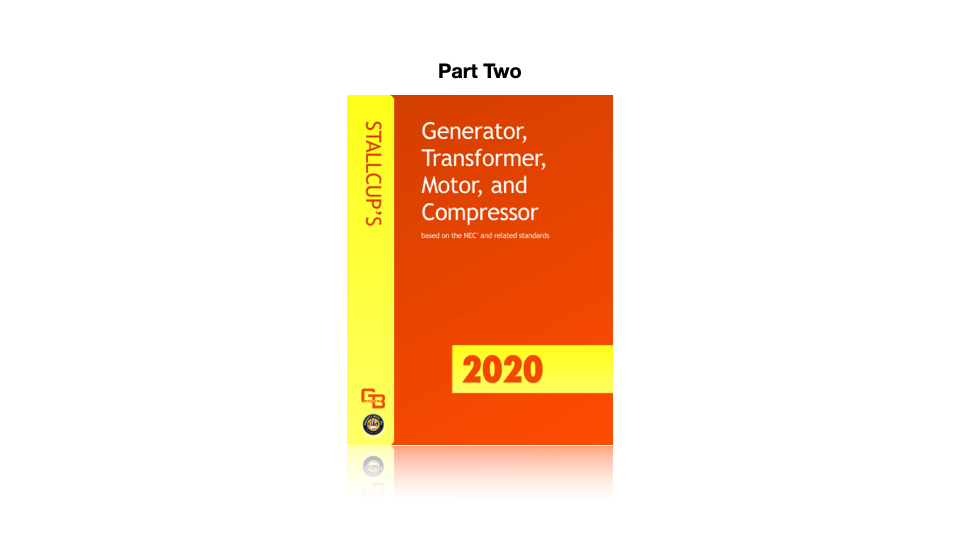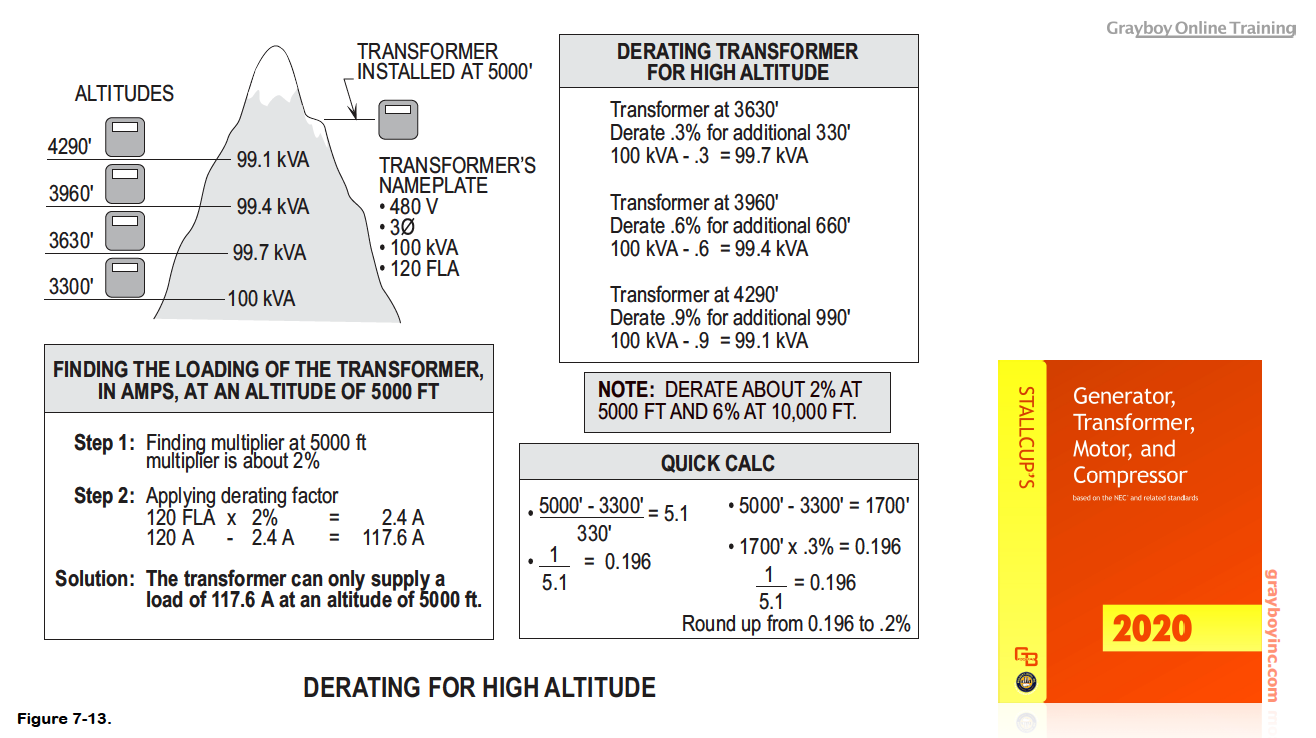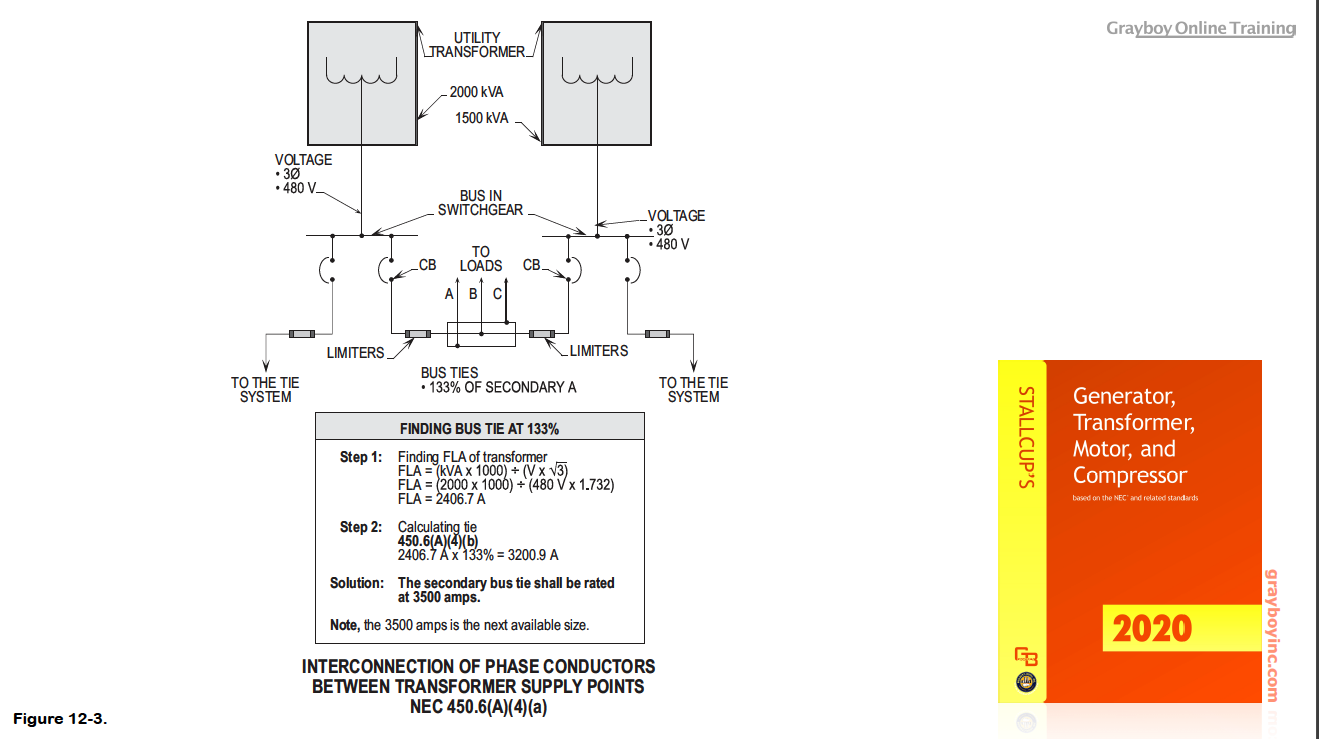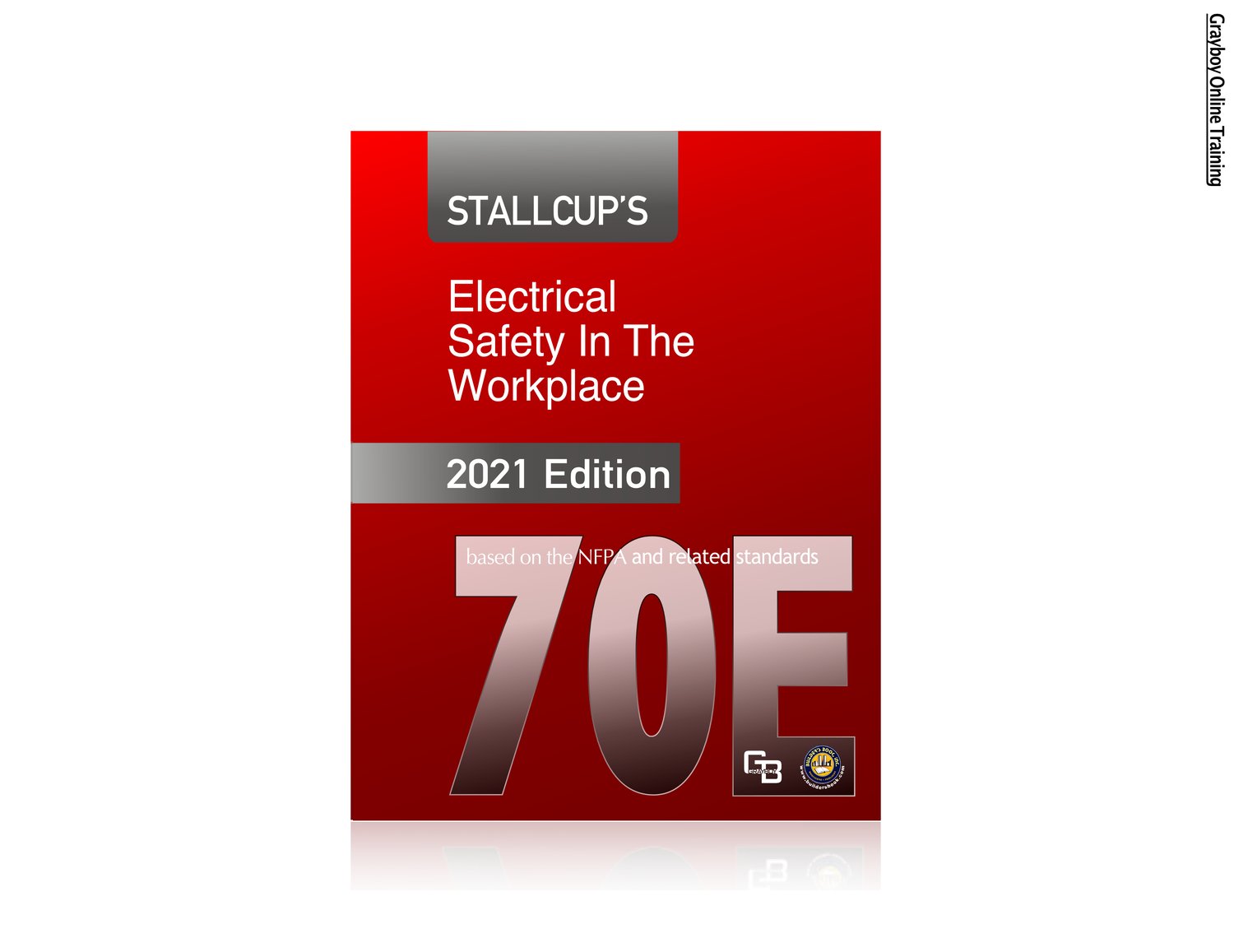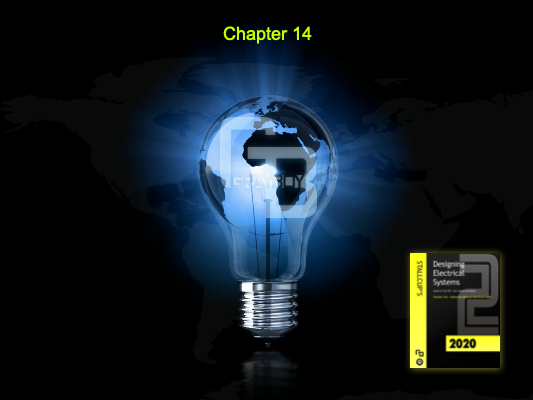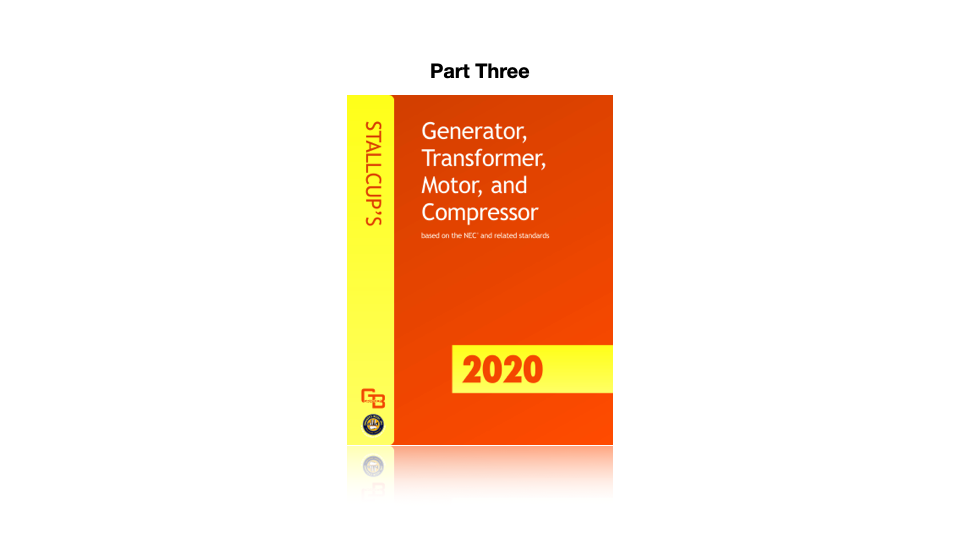Stallcup's GTM&C Transformers Part 2 - 2020 Presentation
On Sale
$164.25
$82.12
Use the following coupon code at checkout for 45% off all products. Coupon Code: 22GB45
Transformers
Chapters 7-13
Number of Slides: 119
A vital part of maintaining an uninterrupted electrical service is the transformer. In a period of great industrial activity there are likely to be unusual power demands. New types of industrial machinery, and high-energy efficient motors and equipment that create new uses for electricity are likely to impose greater loads, thereby making transformers even more vital to meeting customer needs. Dependable operation of transformers is therefore becoming increasingly necessary.
Transformers are used for the transmission of electrical power from the generating plant and ultimately to the consumer. A step-down transformer is used for electrical energy in the form of alternating current (AC) at a high voltage and stepped down to a lower voltage. A step-up transformer is used for electrical energy in the form of alternating current (AC) at a low voltage and stepped up to a higher voltage. The National Electrical Safety Code (NESC) provides the requirements for utility owned transformers, while privately owned transformers not only adhere to the NESC, but, in some cases to the National Electrical Code®.
Part II reviews the basic theory, operation, construction, and troubleshooting procedures that are necessary for a full understanding of the performance of a transformer.
Transformers
Chapters 7-13
Number of Slides: 119
A vital part of maintaining an uninterrupted electrical service is the transformer. In a period of great industrial activity there are likely to be unusual power demands. New types of industrial machinery, and high-energy efficient motors and equipment that create new uses for electricity are likely to impose greater loads, thereby making transformers even more vital to meeting customer needs. Dependable operation of transformers is therefore becoming increasingly necessary.
Transformers are used for the transmission of electrical power from the generating plant and ultimately to the consumer. A step-down transformer is used for electrical energy in the form of alternating current (AC) at a high voltage and stepped down to a lower voltage. A step-up transformer is used for electrical energy in the form of alternating current (AC) at a low voltage and stepped up to a higher voltage. The National Electrical Safety Code (NESC) provides the requirements for utility owned transformers, while privately owned transformers not only adhere to the NESC, but, in some cases to the National Electrical Code®.
Part II reviews the basic theory, operation, construction, and troubleshooting procedures that are necessary for a full understanding of the performance of a transformer.


